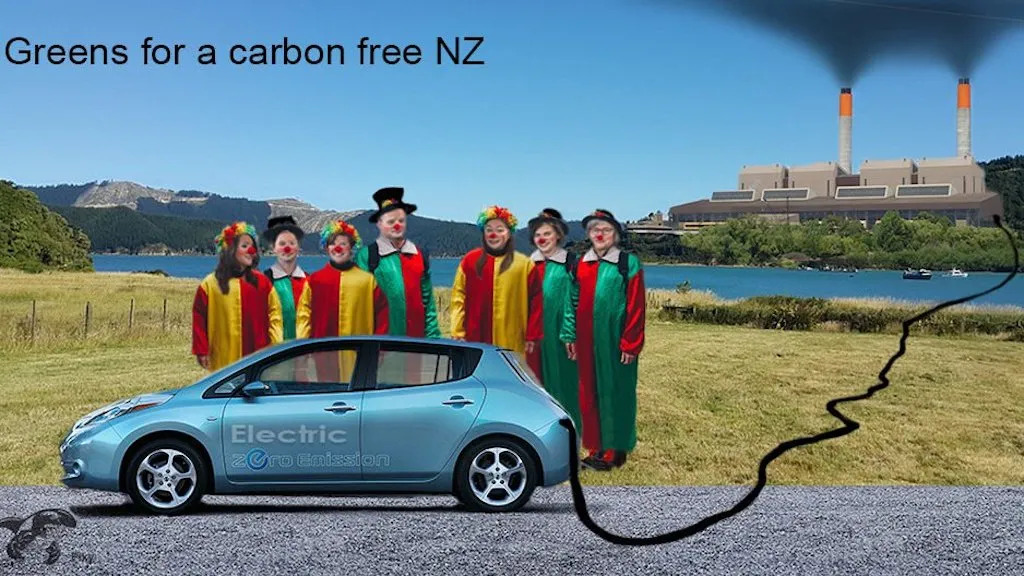Currently, most of our electricity is generated by renewables, around 80%. But when we all get on board the JAG wagon and buy EVs where is the extra electricity going to come from?
Dr Woods is now too busy knocking up Kiwibuild houses to get her 4.5 windfarms per year built so it seems we will have to keep on importing dirty coal from Indonesia to burn at Huntly.
If we do, then the whole reasoning for switching from ICE to EV falls apart.
A study by the IFO think tank in Munich found that electric vehicles in Germany emit 11 percent to 28 percent more carbon dioxide than their diesel counterparts. The study considered the production of batteries as well as the German electricity mix in making this determination. Germany spent thousands of euros on electric car subsidies per vehicle to put a million electric vehicles on the road, but those subsidies have done nothing to reach the country’s greenhouse gas emission targets. This is just the latest example of government programs expecting one outcome and getting quite another, instead. To some it is ironic; to others it is funny. At IER, we believe it to be sad, as it is a waste of time and money that could be better put to use solving real problems.
Germany’s growing reliance on coal for electricity generation was also considered in the study. The country relies on coal when the wind is not blowing and the sun is not shining. As a result, charging a Tesla in Bavaria releases about 83 grams of carbon dioxide per kilometer driven.
The researchers compared the carbon dioxide output for a Tesla Model 3 (electric) and a Mercedes C220d sedan (diesel). The Mercedes releases about 141 grams of carbon dioxide per kilometer driven, including the carbon emitted to drill, refine, and transport its fuel. The Tesla releases between 156 and 181 grams, including battery production. Mining and processing the lithium, cobalt, and manganese used for batteries consume a lot of energy. A Tesla Model 3 battery, for example, represents between 11 and 15 metric tons of carbon dioxide. Given a battery lifetime of 10 years and an annual travel distance of 15,000 kilometers, 73 to 98 grams of carbon dioxide are emitted per kilometer.
The European Union also provides benefits for manufacturers of electric vehicles, by allowing them to claim zero emissions under its strict emissions limits. Not all European countries may emit more carbon dioxide from electric vehicles than from diesel or gasoline vehicles, however. In France, for example, electric vehicles may emit less carbon dioxide than diesel vehicles because France gets the majority of its electricity from nuclear power. But in many other European countries, that is certainly not the case. […]
The article concludes:
The above studies indicate that the terminology “zero emission” is a misnomer when referring to electric vehicles. Also, lawmakers should be cautious about subsidizing electric vehicles when their electricity is generated mainly by fossil fuels because they are not lowering the carbon dioxide emissions from automobiles by doing so. The old saying that “the road to hell is paved with good intentions” may well apply to many of the gimmicks and work-arounds advocated by whatever group is popular with a political and media elite at any given time. Germany’s lessons should be a case study for political leaders everywhere.
IER









